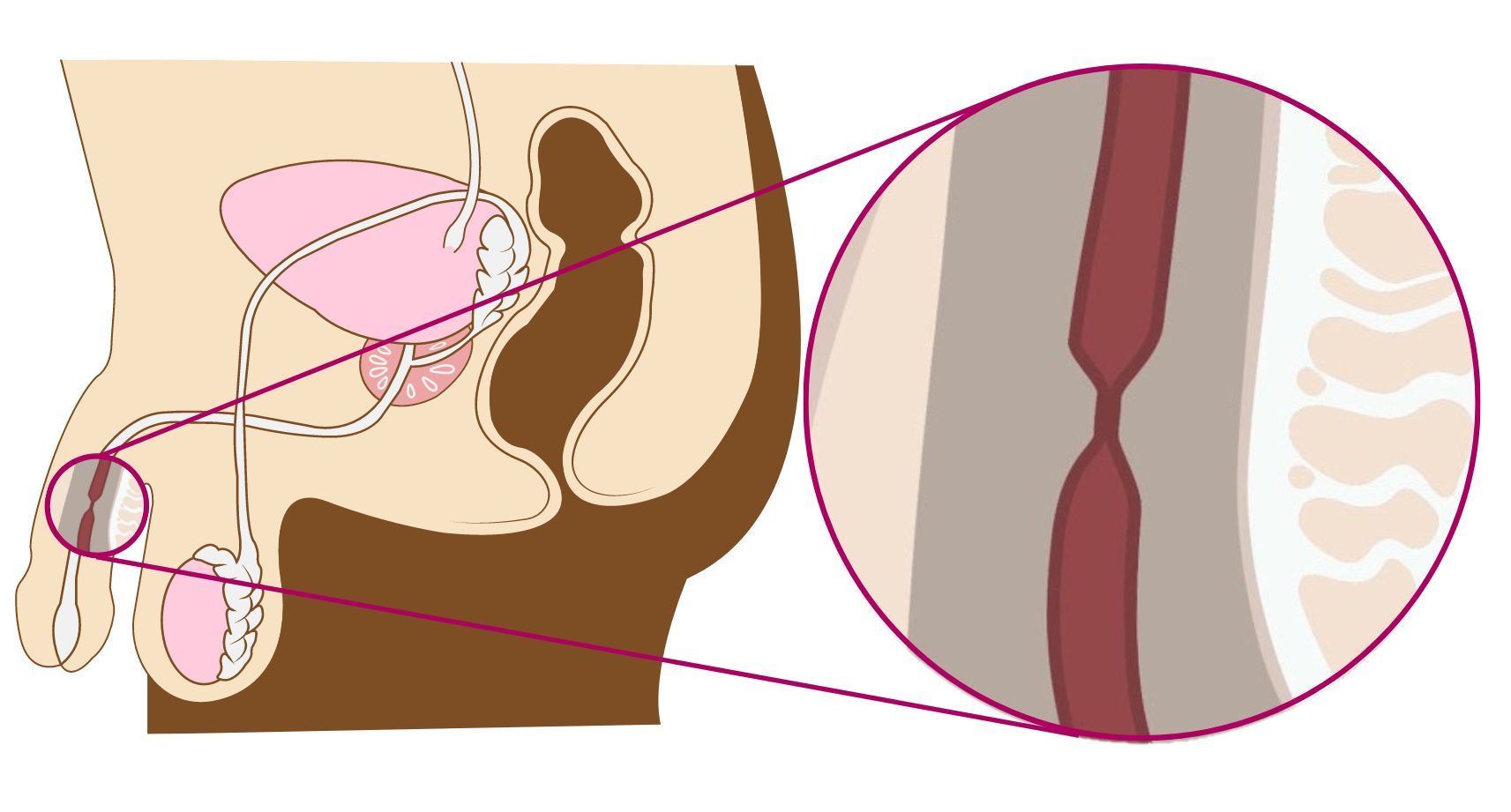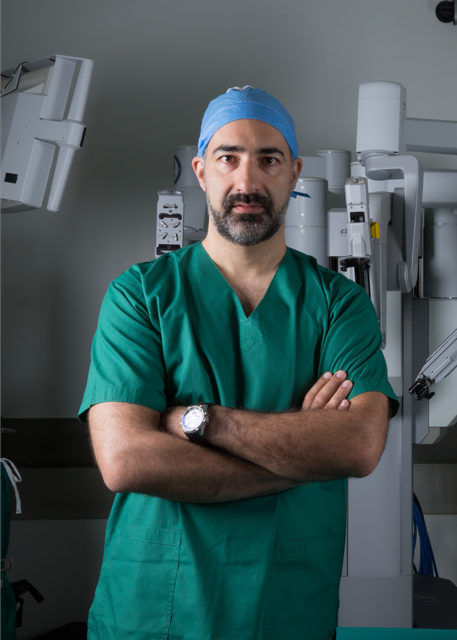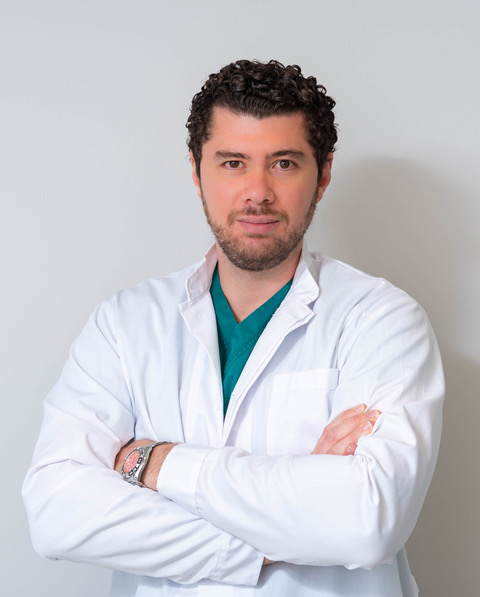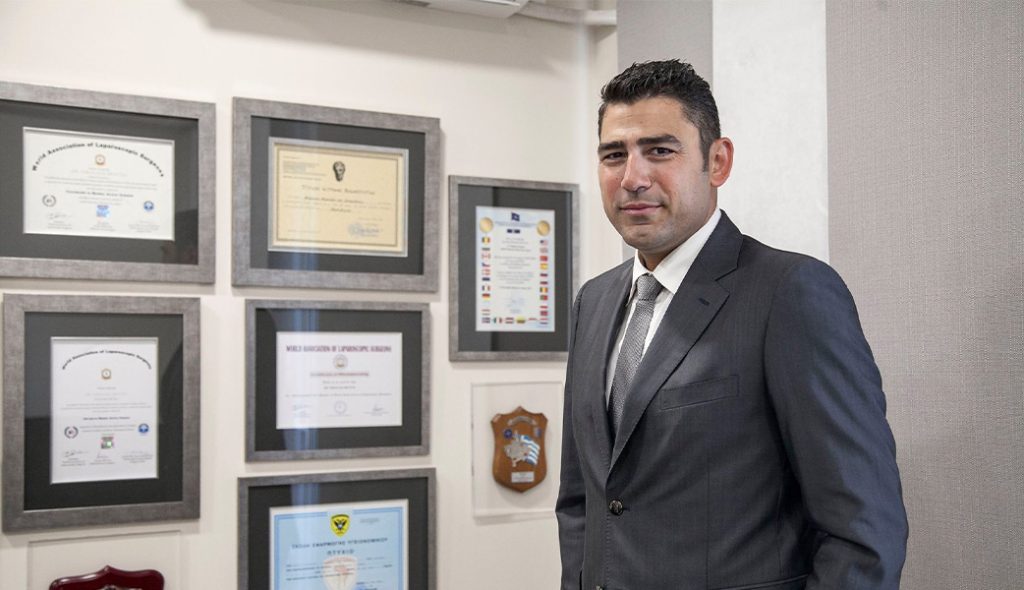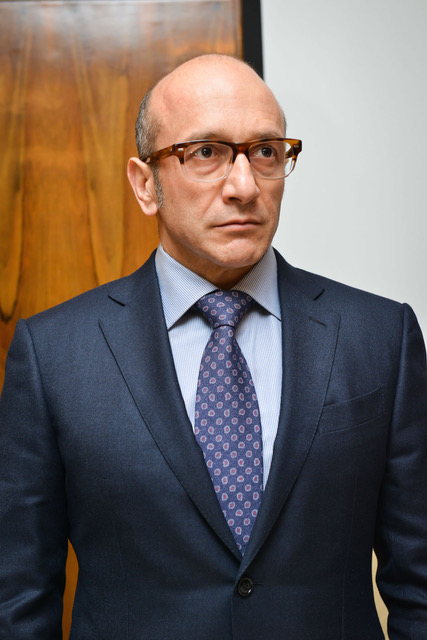SYMPTOMS
The main symptoms of urethral stricture include reduced urine flow, difficulty urinating, and a sensation of incomplete bladder emptying. These symptoms are often similar to those seen in men with benign prostatic hyperplasia (BPH), and may be accompanied by frequent urination, nocturia (urination at night), and an intermittent urinary stream. Dysfunctional urination can also increase the risk of developing urinary tract infections, whether uncomplicated or complicated.
CAUSES
Urethral strictures are rarely congenital — that is, present from birth. In most cases, the cause is iatrogenic, meaning the result of medical procedures involving the urethra. These may include simple catheter placement, diagnostic cystoscopy, or transurethral interventions to treat prostate enlargement or urinary stones. Any manipulation of the urethra has the potential to result in scar tissue formation and subsequent narrowing.
Additionally, urinary tract infections, especially urethritis caused by common or sexually transmitted bacteria, can lead to urethral strictures. Trauma, such as pelvic fractures or straddle injuries (particularly in children), are also recognized causes.
Surgeries involving nearby structures — such as radical prostatectomy or radiation therapy in the pelvic area — can lead to strictures, particularly in the posterior urethra. Finally, diseases affecting the urethral meatus or surrounding skin, such as severe meatal eversion in women, lichen sclerosus of the glans penis, or phimosis in men, can also result in urethral narrowing.


